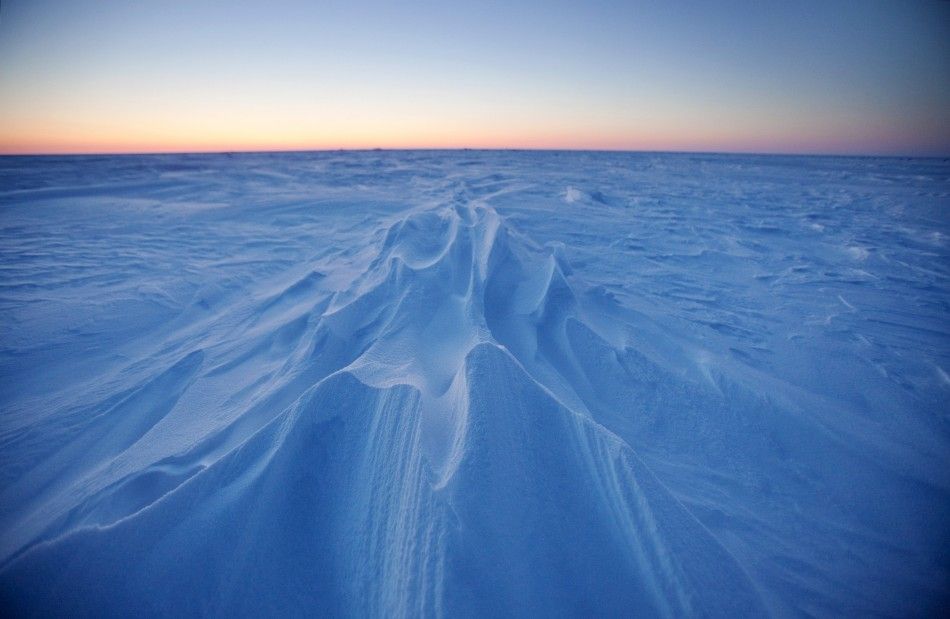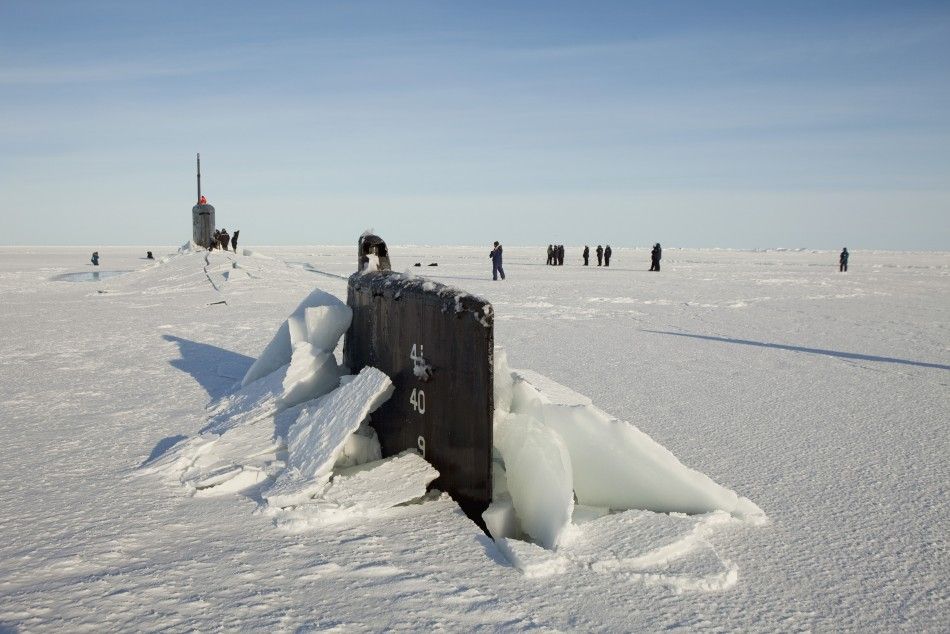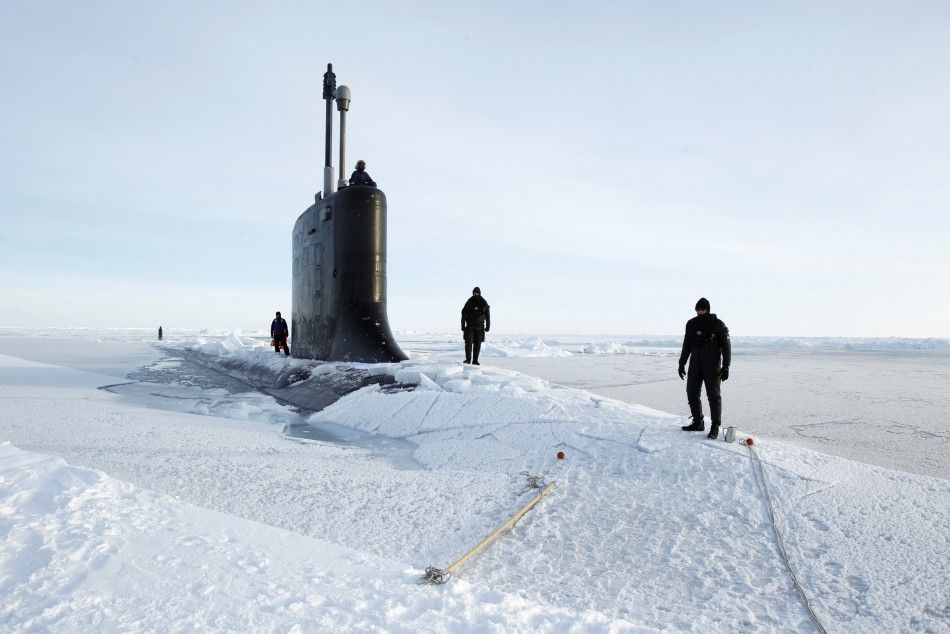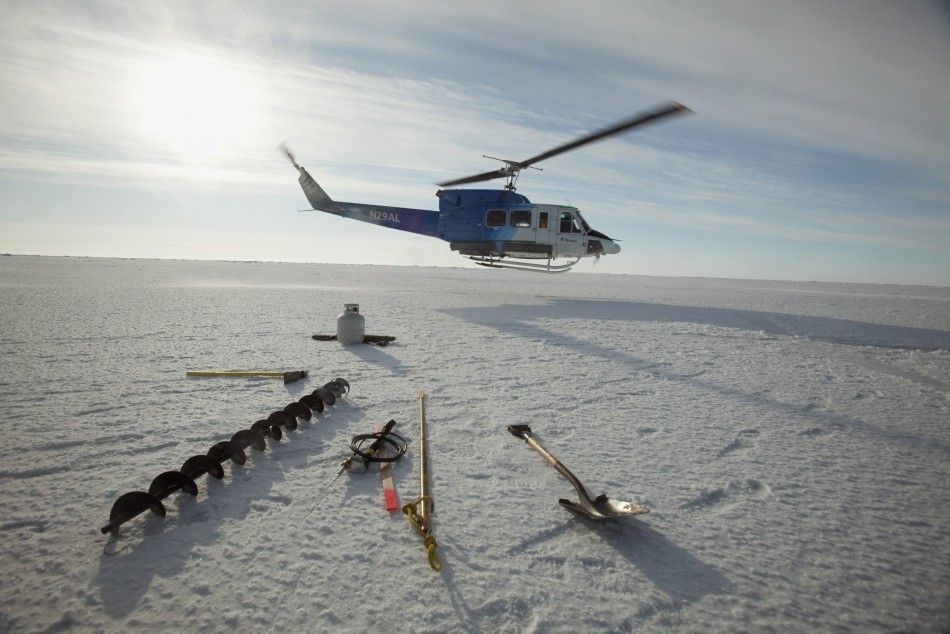Military power demonstration in the Arctic
Pentagon Comptroller Robert Hale, Navy Secretary Ray Mabus and a Who's Who of other VIPs braved below-zero temperatures this month to visit a temporary camp on the ice about 150 miles north of Prudhoe Bay, Alaska, where two nuclear-powered U.S. submarines are conducting military training exercises.
He said U.S. submarines are a powerful symbol of U.S. military power, and the training was meant to ensure that the United States maintained access to the Arctic, home to the world's largest undiscovered oil and gas reserves.
It is a key potential transit line between the Atlantic and the Pacific. We want to be able to demonstrate that we have global reach. That we can operate in all oceans, and that we can operate proficiently in any environment, Jaehn said.
Russia, the United States, Denmark, Greenland, Canada and Norway, which border the Arctic, and China are already jockeying for position to benefit from new business opportunities there.
Navy scientists predict the Arctic will have one ice-free summer month in about the mid-2030s, and two to three ice-free months by around mid-century. Less ice means the 56-mile wide Bering Strait between Russia and Alaska could one day compete with the Persian Gulf and other shipping lanes because it is as much as 40 percent shorter than conventional routes.
Changing ice conditions in the Arctic are expected to lead to greater commercial traffic, increasing the need for submarine and Coast Guard patrols.
The Navy's chief oceanographer, Rear Admiral David Titley, who visited the camp last week, said just finding a thick enough multi-year ice sheet to put the camp was difficult this year.





© Copyright IBTimes 2024. All rights reserved.





















